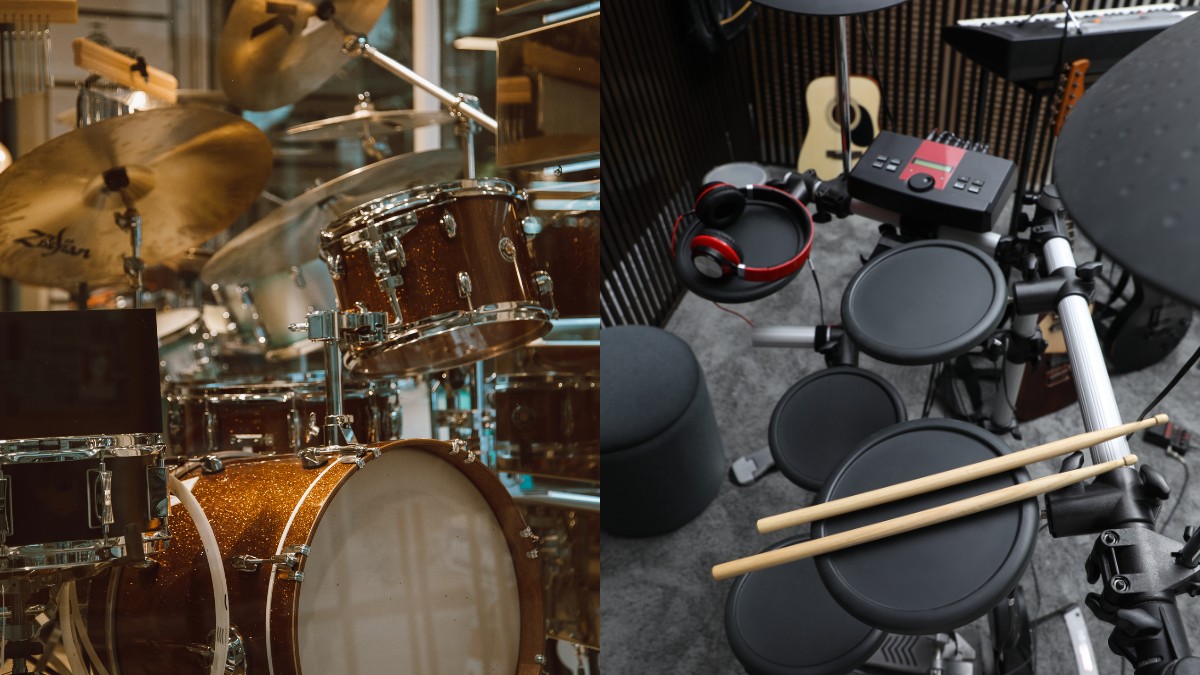The 4 Essential Drum Rudiments (And How to Master Them)
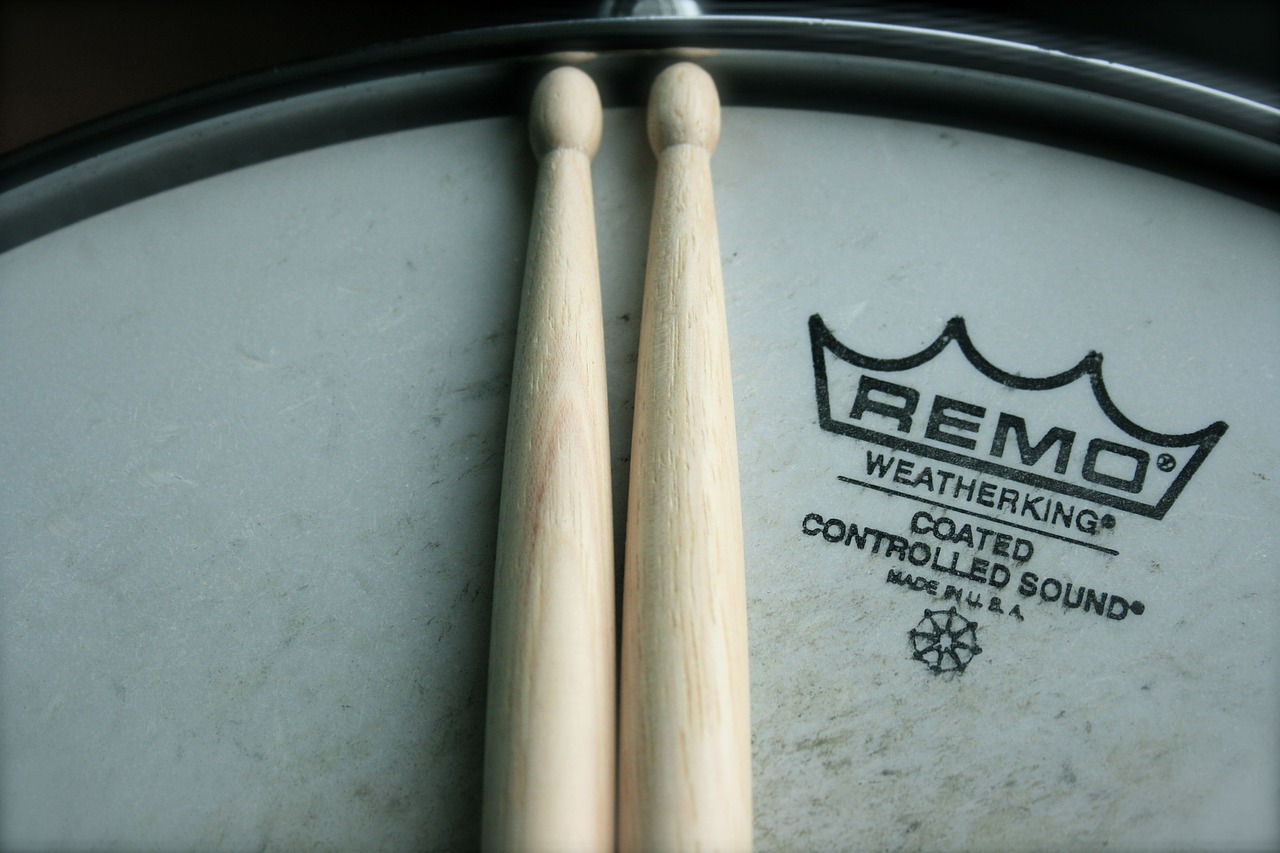
Drum rudiments are a core foundation of drumming. It might appear difficult to learn them all, but each is based on four simple rudiments. The essential drum rudiments are the single-stroke roll, double-stroke roll, paradiddle, and flam which are a solid foundation to start with.
These drum rudiments will help you develop your wrist agility, hand strength, stamina, stick grip, and volume control.
At times you might feel bored by these ‘marching band’ sounds while you practice rudiments, but don’t forget that they are the building blocks of good rhythm, fills, grooves, and even drum solos. And, you are going to need all of that if you ever intend to rock out on the drum set!
There are 40 Essential Drum Rudiments (Based on the Percussive Arts Society – get the full list of them here), but the following 4 rudiments will serve as the building blocks to learn all the others.
What do you need to get started with drum rudiments?
Ideally, you should have the following items, but don’t worry if you do not have them right now, just get started with whatever you have.
- Practice Pad
- Drumsticks
- Metronome (or metronome app)
- A Mirror (Optional)
- A drum set or electronic drum set (Only play them on these after you have mastered them on the practice pad)
Alright then, let’s get right to the 4 essential drum rudiments:
Contents
1. Single Stroke Roll
Whether you are a beginner or pro drummer, it is mandatory to have mastery over the single stroke roll.
A single stroke roll is just a way to play simple alternating strokes with your left hand and right hand. And, you must practice the same thing starting with both hands.
R L R L (lead with right)
L R L R (lead with left)
Your timing should always be locked to the metronome; your strokes should be clean. The height of raising your drum stick determines how loud the stroke will sound. Practice it at a loud, soft, and moderate volume and also learn to alternate between them.
In each scenario, ensure that you are always raising your right and left stick to the same height to get a consistent volume on each stroke.
Don’t rush through this rudiment, it is going to come in handy for various drum beats, fills, and rolls in the future. As you get better at it, increase the tempo on the metronome to keep challenging yourself.
Once you feel like you have this rudiment to a pretty solid level. If you play the drum set, then check out this great video on how to improve your single stroke speed.
2. Double Stroke Roll
The double stroke roll is similar to the single stroke roll but instead of playing one stroke per hand, you will now play two strokes per hand. Once again, practice the double stroke roll using the wrist motion and learn to lead with both hands i.e. –
R R L L (lead with right)
L L R R (lead with left)
When your wrists get used to this motion you can start increasing the tempo on the metronome. As you play faster, you will have to learn how to use the bounce (of a stick hitting the snare) to get a consistent double stroke. It will take some effort but you will be able to play a lot faster once you get proficient with controlling the bounce.
You must attain a level of mastery over the first two rudiments before you move on to the next. Don’t try to hurry past them, get it right now and you will be spared from a lot of frustration in the future.
3. Paradiddle
A paradiddle is a four-articulation pattern that alternates hands for the first three articulations but then repeats the third hand. A simple way to define it would be – “a pattern played by using two alternate single strokes followed by a double stroke” i.e.
R L R R L R L L
L R L L R L R R
If you say it loud or hear the sound it makes, you might understand how it got its name.
Pa-ra-di-dle / Right-left-right-right / ra-ta-tut-tut.
Notice in the above example how when you play them in succession, the leading hand alternates and the first note keeps changing between right and left. As you go on to play drums, you will often find yourself using single paradiddles to switch your lead hand in beats, fills, or rolls.
There are four main variations of the paradiddle: Single, double, triple, and paradiddle-diddle. Get comfortable with the single paradiddle before you move on to the others.
4. Flam
There are three basic strokes in drumming – the single stroke, the double stroke, and the flam stroke. A flam means playing two-strokes almost simultaneously.
This is achieved by having one stick starting at a lower height to play a grace note right before the other stick strikes to play the primary note. This results in both strokes almost striking at the same time. Simply put a flam is two strokes, a softer stroke (grace note) followed by a regular stroke.
Despite two strokes, the flam is considered to be just one note with an embellishment. The ‘flam grace note’ can be notated as an eight-note but it does not add any rhythmic value.
So, if we were adding a flam to the single stroke roll, it would look like this:
LR L R L
or
RL R L R
Adding a flam to a double stroke roll like this:
LR R RL L
or
RL L LR R
This is also called a flam tap.
To improve your flam playing you will need to play the grace note (stroke) at just the right distance from your primary stroke. Too far away and it will sound sloppy and if it is too close or together it becomes a double stop.
The trick to nailing flams is agile wrist motion and learning to get in position with the stick that is going to play the flam grace note (i.e. – keeping it close to the snare skin). It takes a lot of skill to execute the flam with finesse, so drill this into your playing as long as you need to.
Other Important Rudiments
While the above-mentioned rudiments are quite essential in building a solid drumming foundation, you should not stop at these. After all, what’s a musician who is not evolving their craft?
There are 40 standard rudiments appointed by Vic Firth. Since going on about every single one of them is improbable, it’s better if we cover some of the more commonly used ones.
Roll rudiments
Among the roll rudiments, there is the single stroke four, which is RLR L. The first three notes are played as triplets while the last stroke is an eighth note.
Then there is the five-stroke roll, which is a couple of 32nd note double strokes followed by a 16th note accent.
Lastly, there is the six-stroke roll. The sticking goes like this – R LL RR L. The first and the last notes are accented, so it sounds really cool even on the snare drum.
All of these are widely used in all kinds of music.
Flam rudiments
Flams are great for adding more character to your playing. So why stop at a couple of flam rudiments?
Add a flam at the beginning of a 16th note triplet roll and it becomes a flam accent. Here’s the sticking: LR L R RL R L
Another nice one to learn is the flamacue. It can seem a little complicated at first but it’s fun to mess around with once you’re used to it. It goes like: LR L R L LR or RL R L R RL. Make sure to accent the second note.
You can add a flam to your paradiddles as well. This goes for double and triple paradiddle as well. I bet they’ll be much more interesting.
Lastly, and honestly, the most versatile flam rudiment is the swiss army triplet. You play it like LR R L or RL L R with an accented first note. It is used a lot as fills in rock and jazz music.
Drag rudiments
A drag is basically a double stroke played at double the value of the contextual note. For example, if you are playing a sixteenth note roll, then a drag would be a 32nd note double stroke.
Drag rudiments are really useful as they give a lot of texture to your playing. And they help a lot in improving hand dexterity. A drag is played as LLR or RRL.
The single drag tap, played like LLR L RRL R has two variations. The traditional, as stated earlier, and then, a triplet version.
You can also incorporate drags into your paradiddles and they become the drag paradiddle or – dragadiddle. In a single dragadiddle, instead of the first single note, you just play a double note worth twice the original note.
Another wonky-sounding but incredibly useful drag rudiment is the ratamacue. This is basically a single-stroke four with a drag at the beginning. There’s the single ratamacue, double ratamacue, and the triple ratamacue, which pertains to the number of drags in it.
To end drag rudiments, combine a flam with a drag and it becomes a flam drag (flam tap). Although a flam drag is played in a triplet configuration and the drag isn’t as soft as a traditional drag.
Practicing Rudiments on a Drum Set
Once you are comfortable playing all the four rudiments on a practice pad, you are now ready to start practicing on your drum set.
Step One – Snare Drum
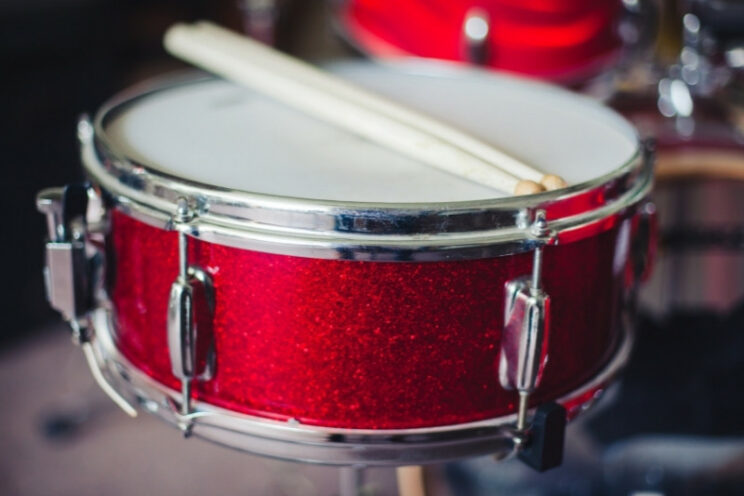
Play the rudiments on the snare just like you did on a practice pad.
This will sound and feel slightly different and requires some initial adjustment.
Step Two – Cymbals and Toms
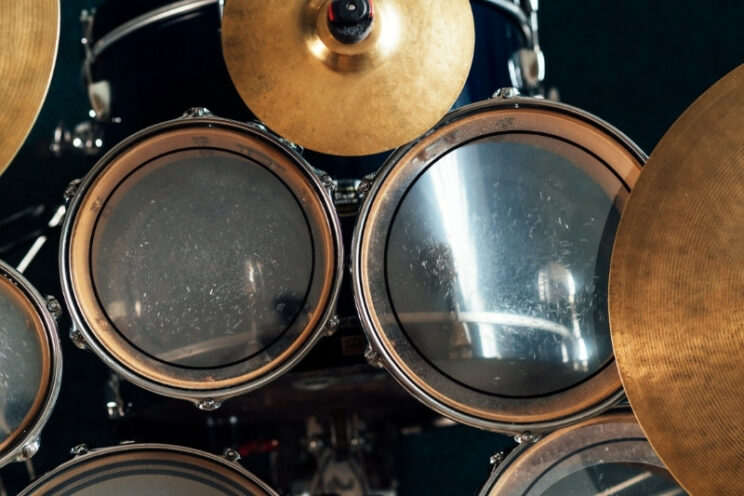
Start practicing them on other parts of the drum set like the hi-hats and toms.
You will notice a different ‘bounce’ on each of these surfaces because of the tension or tautness of the surface.
Experiment with different tones of the hi-hats by changing how hard you press down on the hi-hat pedal i.e. open hats v/s closed hats v/s half-open.
Step Three – Bring the Kick In
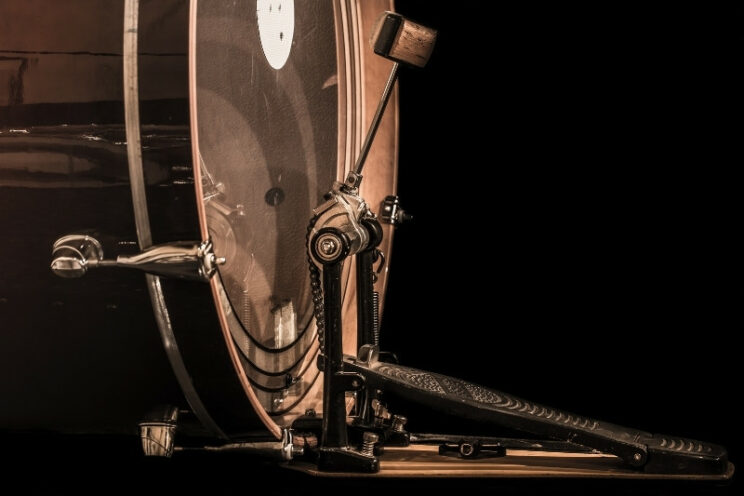
Your hands have been hogging all the limelight and it is time to get the feet in on the action.
Play the rudiments on your snare with a metronome at a comfortable tempo.
Hit the bass drum on each upbeat and click the hi-hat on each downbeat i.e. – Kick on 1 & 3 and hi-hat on 2 & 4. Work on this until you can play at a formidable tempo without compromising your technique.
Experiment with patterns in your own way and learn how to use rudiments to create beats and fills.
How to Keep Track of Your Drum Rudiment Progress
Use a Mirror: Take your practice pad or snare and sit in from of a mirror while you practice. Instead of looking down at your hands, you get a much better perspective looking in a mirror. Pay close attention to how evenly your raise each hand and watch out for stiff shoulders. Your spine should be straight but relaxed at any given point in time.
Use a Metronome: Practicing with a metronome is essential to develop a steady sense of timing. Always start at a modest tempo and gradually work things up to speed. Playing fast is pointless if you cannot play clean. Always prioritize accuracy/clarity over speed.
- Start with a practice pad
- Follow the Order – Single stroke, double stroke, paradiddle, flam
- Use a metronome to track your progress.
- Don’t rush through the exercises
- Focus on clarity and evenness, not speed
- Use a mirror to evaluate your technique & posture
- Once proficient, move on to a drum set
Summary
Essential rudiments are the building blocks of any drummer’s arsenal. They form the foundation on which more complex and exciting beats and fills can be built upon with time and practice. If you do not know how to play these rudiments, it is never too late to start and train your ear and hands at the same time.
Even taking further drum lessons is a good idea. Having more control over your drum kit and mastering the rudiments will ultimately make you a better percussionist in general so give it a thought.
That’s our guide on the 4 most essential rudiments to take your drumming to a whole new level. Even if you are a pro drummer, it’s very important to go back to these rudiments and master them as best you can.

